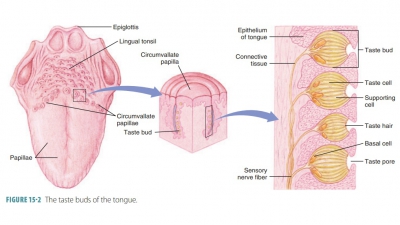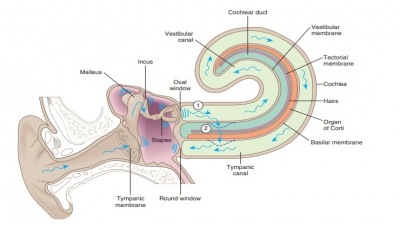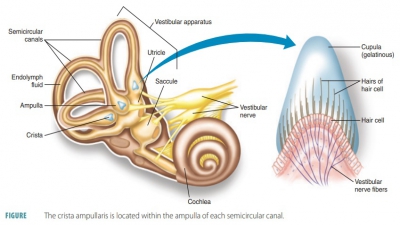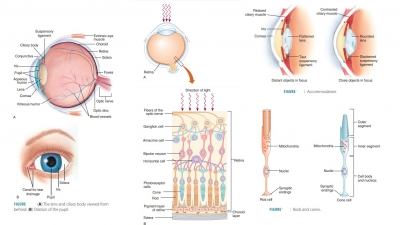Effects of Aging on the Autonomic Nervous System (ANS)
| Home | | Anatomy and Physiology | | Anatomy and Physiology Health Education (APHE) |Chapter: Anatomy and Physiology for Health Professionals: Autonomic Nervous System (ANS)
Preganglionic neurons of the ANS are derived from the embryonic neural tube as are somatic motor neurons.
Effects of
Aging on the ANS
Preganglionic neurons of the ANS
are derived from the embryonic neural
tube as are somatic motor neurons. The ANS structures of the PNS are all
derived from the neural crest along
with all sensory neurons. These ANS structures include the adrenal medulla, the
postganglionic neurons, and all autonomic ganglia. Neural crest cells migrate
along axons as they grow to reach their ultimate locations. As ganglia form,
they receive axons from CNS preganglionic neurons. They send their axons to
synapse with their effector cells in peripheral areas of the body. This
activity is based on the presence of nerve
growth factor, controlled by many signaling chemicals that are similar to
those that act in the CNS.
In childhood and young adulthood,
impaired ANS functions are usually caused by injuries of the autonomic nerves
or spinal cord. The effects of aging reduce the efficiency of ANS function.
There are structural changes in certain preganglionic axon ter-minals. These
terminals become clogged with neuro-filaments. Common symptoms of ANS
dysfunction include constipation (because of reduced gastrointes-tinal tract
motility) and both drying and infection of the eyes (because of a reduced
ability to form tears). Other effects of aging include orthostatic hypotension, which is defined as low blood pressure
after changes in position such as standing up quickly. This occurs because
pressure receptors become less responsive to changes in blood pressure. The
cardiovascular centers become less able to maintain healthy blood pressure.
Most of these effects can be controlled by implement-ing changes in lifestyle
or using artificial aids. Older adults are advised to change position slowly,
to allow the sympathetic nervous system to adjust the blood pressure. Artificial tears are eye drops used to
alleviate dry eyes and resultant conditions.




